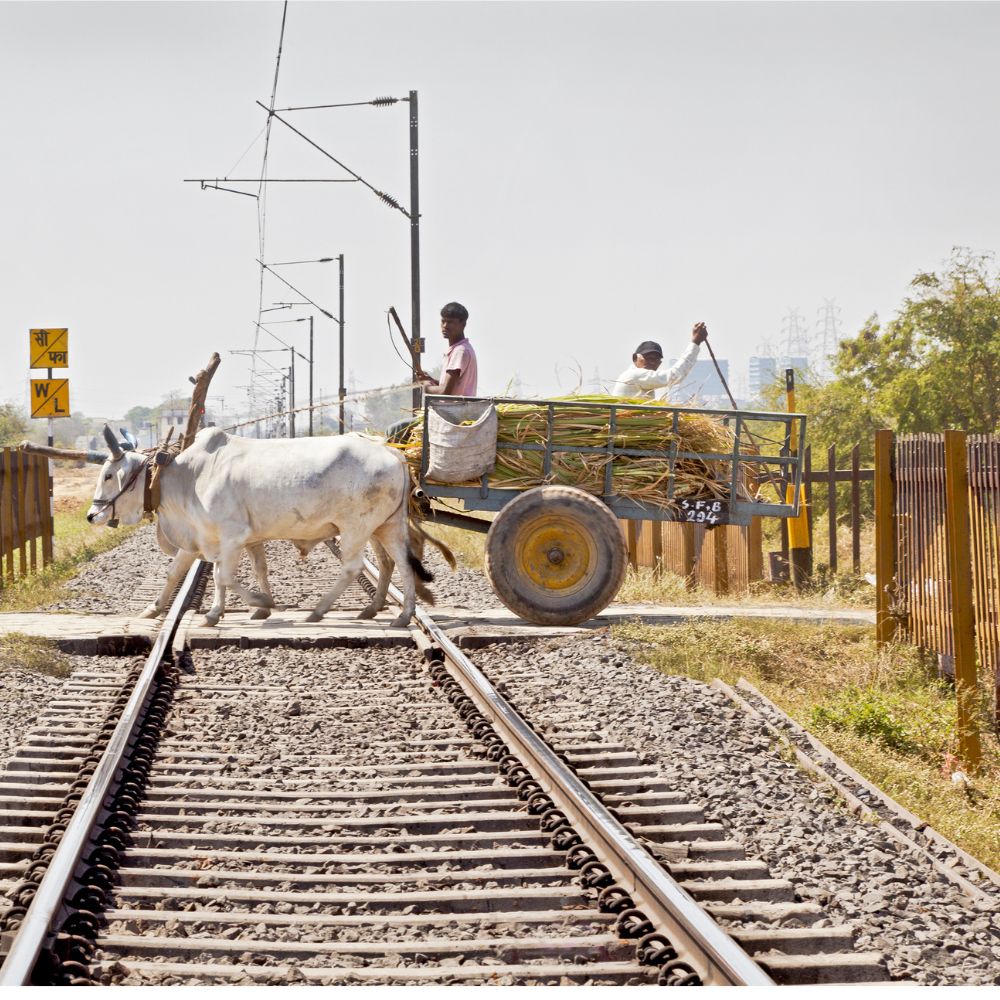Impact of infrastructure improvements in India
Assessing reality of ‘trickle-down’ benefits of greater connectivity for rural households

Many policy makers emphasise the ‘trickle-down’ benefits of Increasing infrastructure investment in developing countries – but how do individuals actualise the resulting opportunities and do they benefit the previously-excluded poor or disproportionately benefit the rich? This project analyses the impact of public provision of critical infrastructures such as roads and electrification in rural villages in India that received different types of infrastructure at different times to inform policymakers who frequently advocate the ‘trickle-down’ benefits of better connectivity for rural households.
SOUTHERN ASIA
India

